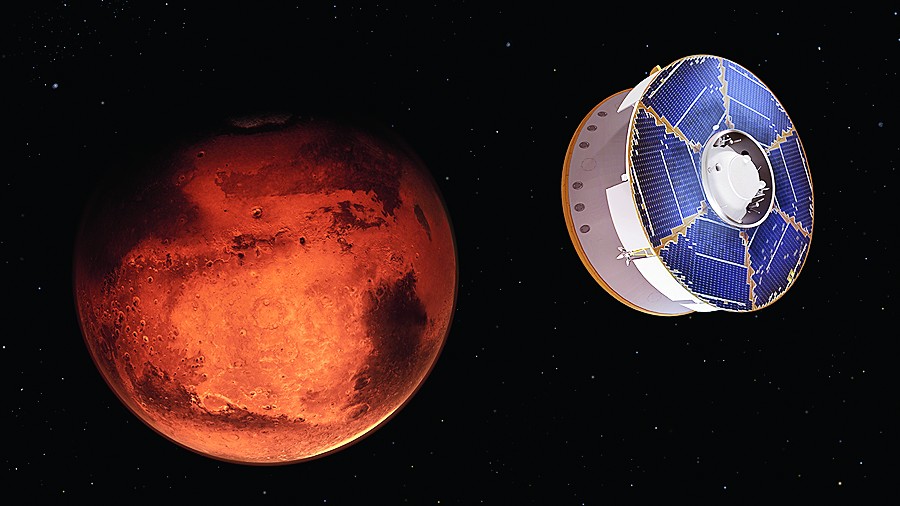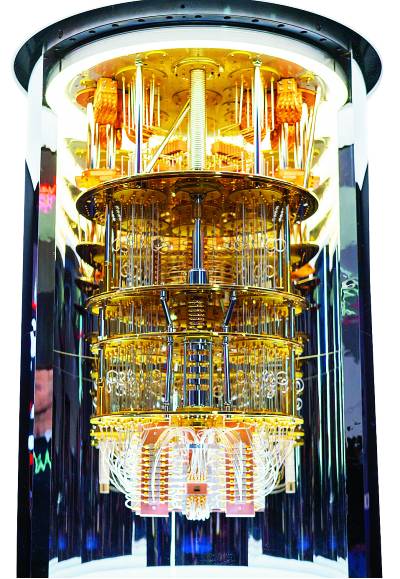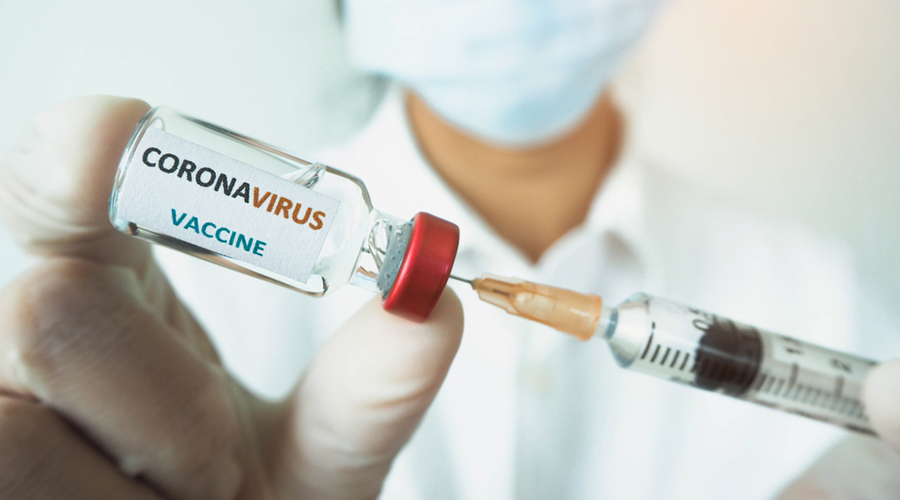This may have been the year the human race was forced into near-submission by a rampaging virus but it wasn’t a total write-off for science. There have been great strides in space research, quantum physics, genetics and, of course, vaccines.
Warp-speed vaccines
The launch of a vaccine against the coronavirus in just eight months is about as near as science gets to a miracle. It’s no surprise that the front-runner is an mRNA candidate — a relatively new technology that relies on a synthetic strand of genetic code called messenger RNA. Such gene-based vaccines are quick to develop, and have a proven track record in cancer immunotherapy. But never before has an mRNA vaccine been licensed for use.
In contrast to traditional protein-based vaccines, which deliver an immune system-stimulating foreign substance to the body, gene-based vaccines instruct the body itself to make a toxin — known as an antigen. The messenger RNA carries instructions to the body to make foreign substances — in this case the spike protein — which then gets exported from the cells. The body recognises this antigen as a foreign substance and mounts an immune response, producing antibodies and T-cells to fight the infection.
If these new vaccines perform as well in the wild as they have in clinical trials (over 90 per cent efficacy), it will be regarded as a victory as big as the Salk and Sabin’s polio vaccine. And if these mRNA vaccines also work against other viruses, they will mark an epochal advance in vaccine science — an achievement closer to those of Louis Pasteur and Edward Jenner. In essence, Covid-19 has laid the foundation for rapid production of genetic vaccines capable of fighting unknown future pathogens. Ugur Sahin, one of the Germany-based co-discoverers of the vaccine, said that the mRNA technology could be used to produce a vaccine against a mutated strain of the novel coronavirus in six weeks.
Destination Mars

Three Mars missions were launched in July, when Earth and Mars aligned in a way that made it easier to send spacecraft to the Red Planet Picture courtesy: Nasa
This was a landmark year for space exploration. Three Mars missions were launched in July, when Earth and Mars aligned in a way that made it easier to send spacecraft to the Red Planet. All three are expected to be in place by February 2021. The United Arab Emirates launched Hope, its first interplanetary mission, which will orbit Mars and study its weather. It will try to find out why the planet is leaking hydrogen and oxygen, and possible reasons for its climate change.
China launched Tianwen-1 (meaning, questions to heaven), its first attempt to land on Mars. In April, the orbiter will release the lander and rover into the Martian atmosphere, and these will touch down somewhere on Utopia Planitia, where Nasa’s Viking 2 lander had touched down in 1976. If the landing is successful, China will be the second country after the US to softly land a rover on Mars.
The US sent Perseverance, a six-wheeled rover that will drill and gather rock samples at the unexplored Jezero Crater, just north of the Martian equator. It will also search for signs of ancient microbial life, which will advance Nasa’s quest to explore the past habitability of Mars. Perseverance is part of a joint effort by Nasa and the European Space Agency that’s meant to ferry Martian rock samples to Earth for the first time.
Physics feats

US, found the first definitive evidence of anyons — unusual particle-like objects or “quasi particles” that exist in two dimensions Picture courtesy: IBM Research
For nearly a century, scientists have been looking for a material that can conduct electricity at room temperature without loss. Such materials could transform technologies and save huge amounts of energy lost when electricity is distributed through wires. This year, a team led by physicist Ranga Dias of the University of Rochester, US, found that elusive superconducting material — a hydrogen and carbon-containing compound. The catch? The superconductor only works under pressure close to that found at the centre of the earth.
Another team at Purdue University, US, found the first definitive evidence of anyons — unusual particle-like objects or “quasi particles” that exist in two dimensions. The discovery is a step towards a new way of building robust and superfast quantum computers.
And looking to escape gravity for as long as possible, US physicists aboard the International Space Station produced the first Bose-Einstein condensate — a gas that behaves as a single atom and is known as the fifth state of matter. Their technique could make it possible to reach temperatures of 20-trillionths of a degree above absolute zero, enabling longer and more elaborate experiments than are possible on Earth. This was one of the most successfully conducted experiments in the quantum research world.
Crispr: hope and despair

Genome-snipping tool CRISPR score its first clinical success by treating two inherited blood diseases Shutterstock
Since the genome-snipping tool called CRISPR arrived in 2012, it has given scientists power to engineer crops and animals, stirred ethical debates and earned a Nobel Prize. Now, it has hit the headlines again, scoring its first clinical success by treating two inherited blood diseases. Two people with beta thalassaemia and one with sickle cell disease no longer require blood transfusions — used to treat severe forms of these inherited diseases — after their bone marrow stem cells were gene-edited with CRISPR. The researchers harvested immature blood cells, known as blood stem cells, from sickle cell patients. They used CRISPR to disable an “off” switch that — in adults — stops production of the foetal form of haemoglobin, which can counter the effects of the sickling mutation. After the patients received chemotherapy to wipe out their diseased blood stem cells, the CRISPR-treated cells were infused back into their bodies.
But CRISPR also has a dark side. It can be used by rogue scientists to create novel disease-causing microbes to set off many more pestilences and pandemics.










